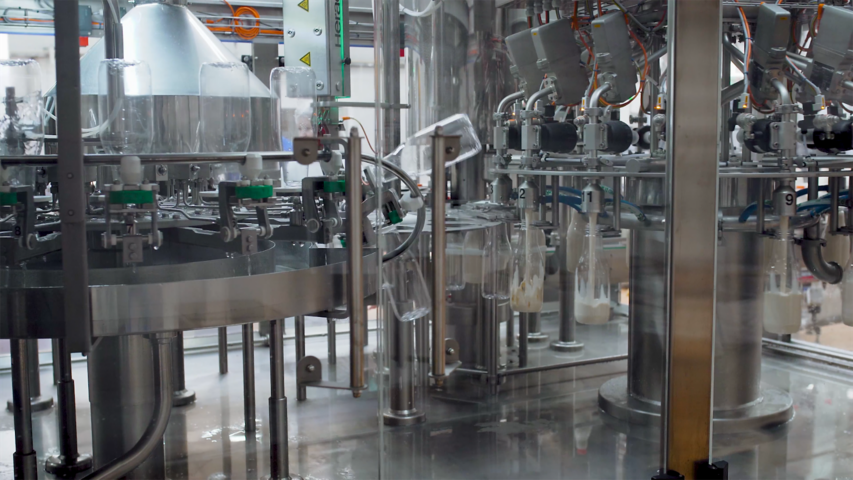Recommended For You
Challenge
To correctly analyze and generate short-term planning schedules, or simply month mining plan.
Solutions
This optimization model runs each time that the simulator program begin, to produce initial allocation of the loader and transportation equipment. This model will also run during the simulation, when equipment and/or a truck failure may happen, seeking a new optimal allocation for shovel and remaining trucks. It will also generate shovels allocation to different mining areas and will calculate amount of trips that each truck should take to each area, to reach production goal.
Results
A scenario was generated to compare a monthly plan with and without quality/grade constraints. Optimization model sensitivity was tested against the amount of ore production. The results demonstrate that production decrease while quality variability increases (see Figure 5 & Figure 6 within the paper). It can be explained due to successive loader changes (from each mining area) to try to keep quality control.
Background
Vale is the world’s second-largest mining and metal company in market value, with assets of more than US$ 100 billion. It is the world leader in production and export of iron ore and pellets and an important producer of nickel, copper concentrate, bauxite, alumina, potassium, kaolin, manganese and iron alloys.
Vale is also the biggest logistics service provider in Brazil, developing complete solutions by interlinking railways, ports and its own sea terminals. Models were applied and approved at Vale’s Aguas Claras Mines complex and currently are used for planning purposes.
The objective is to provide to the mine feasible goals for quality and quantity production of ROM (Run of Mine). This is critical, because a goal lower than possible represents profit loose for the company and a goal higher than possible have many serious consequences, since the mine managers are evaluated based on the accomplishment of that goals.
Challenge
The objective is to provide to the mine feasible goals for quality and quantity production of ROM (Run of Mine). This is critical, because a goal lower than possible represents profit loose for the company and a goal higher than possible have many serious consequences, since the mine managers are evaluated based on the accomplishment of that goals.
Solution
A discrete-event simulation model is able to reproduce the randomness of the equipment problems and the time variation of the trips and processes. This makes simulation a good tool to check the feasibility of the plan. But a simulation model itself is not able to precisely represent through heuristics some complex decisions logic that are used to choose the best the trip plan at each process interference. Then it is absolutely necessary planning the number of trips using the optimization model.
However, the use of optimization model as a procedure of simulation model allows a more realistic simulation. At the beginning of the simulation, the optimization model is run in order to calculate the initial shovel allocation and the schedule truck trips. After that, the simulation model is run until a system state change (failure in any equipments or lack of material in any mining area). The simulation model calls the optimizer procedure to calculate the new optimization and so on. The proposed solution is the integration of both tools: discrete-event simulation and optimization, not as a post or pre-simulation run, but as a combined run.
Results
Main objective was achieved, that was to reduce mining costs, through simulation and optimization usage in mining planning. Presented solution also supplied comfortable and trustworthy results for mass and transportation distances, as well as quality measures and others intangible profits. During testing period, simulation model was responsible for a cost reduction of 4.97%, when comparing FY 2005 with FY 2006. Cost was reduced from 1.33 R$/Ton to 1.27 R$/Ton, in 2006. That represents a comparative savings of 7.7 million Reais per year (4 million dollars). As intangible profits for this project, recognized by VALE management team, some can be mentioned as:
- It supplied a tool for daily decision making within mining environment
- It allowed the discussion of the mine plan prior to execution
- It increased significantly the trustworthiness of mine plans to plant managers
- It allowed equipment utilization analysis such as simulation versus reality
- It made possible analyses several scenarios in small time interval
已發佈 2008年12月1日



